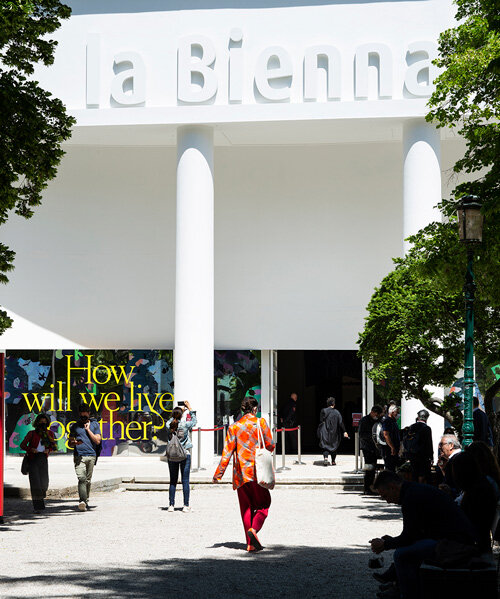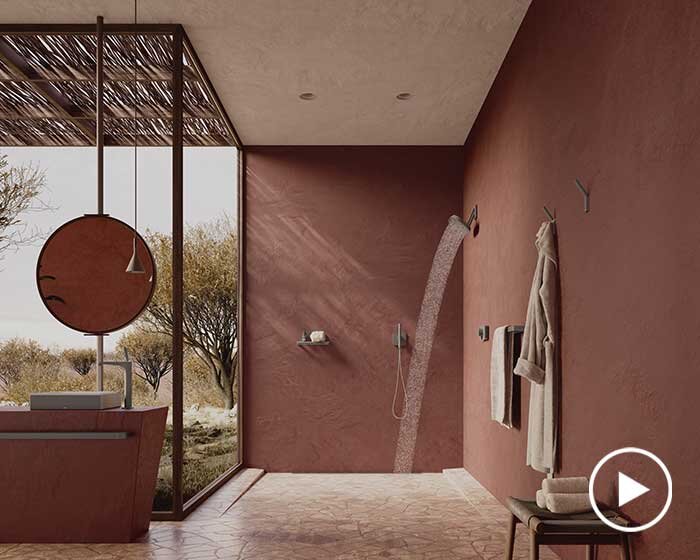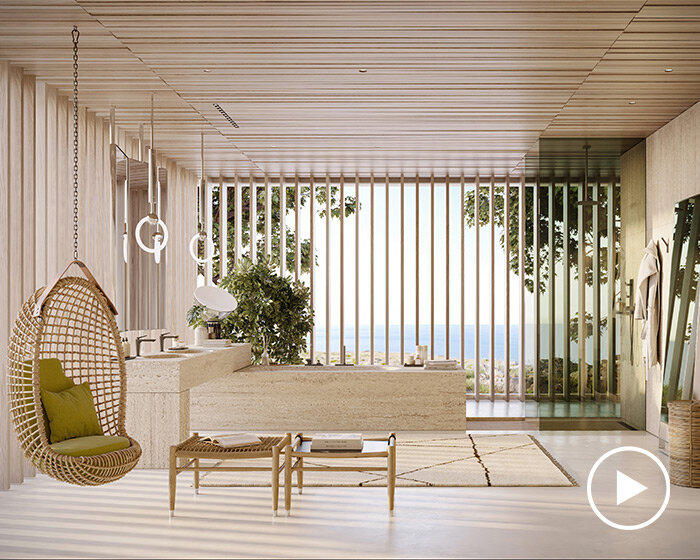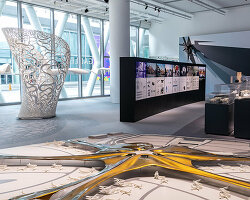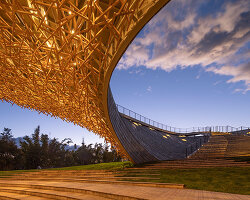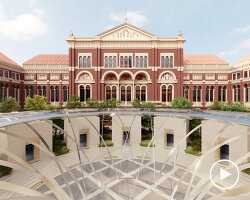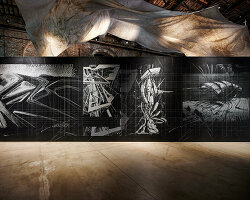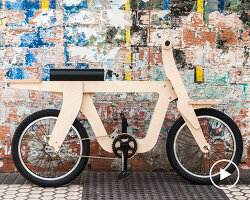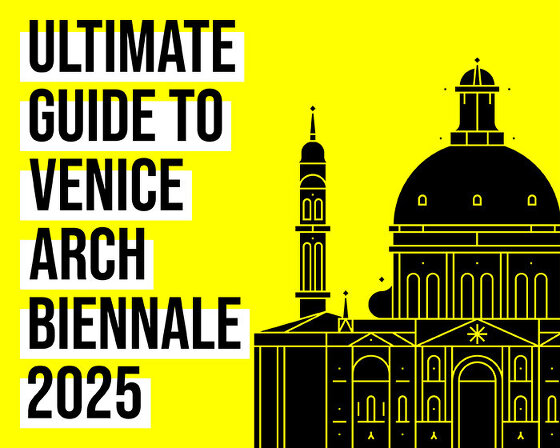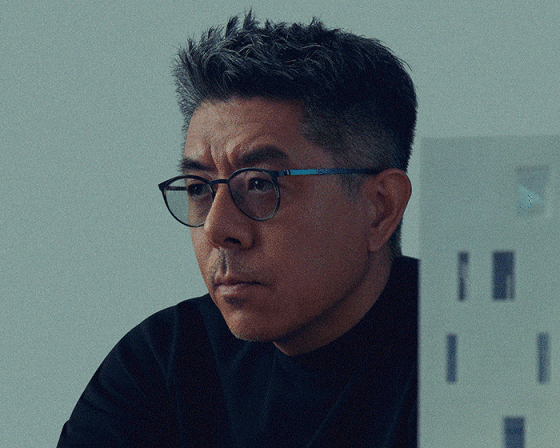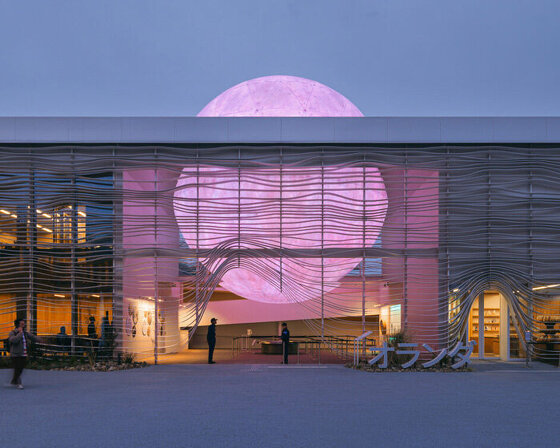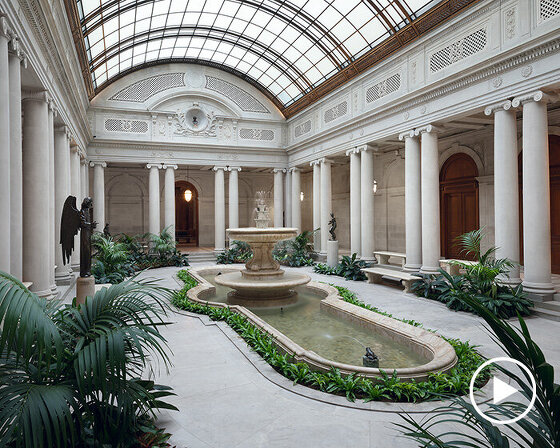one year later than planned, the 17th venice architecture biennale opened to the public on may 22, 2021, under the theme of ‘how will we live together?’. as the ongoing COVID-19 pandemic has significantly limited the amount of those able to visit the biennale in person, numerous exhibitors have come up with digital ways for audiences to enjoy their projects from home. most national pavilions, as well as independent participants, have developed a strong online presence to engage with visitors from afar and broadcast talks, seminars and other events happening onsite in venice, rendering this year’s edition a truly hybrid event. along with designboom’s extensive onsite coverage, these online exhibitions will transport readers to the frontline of one of the year’s most anticipated architectural events.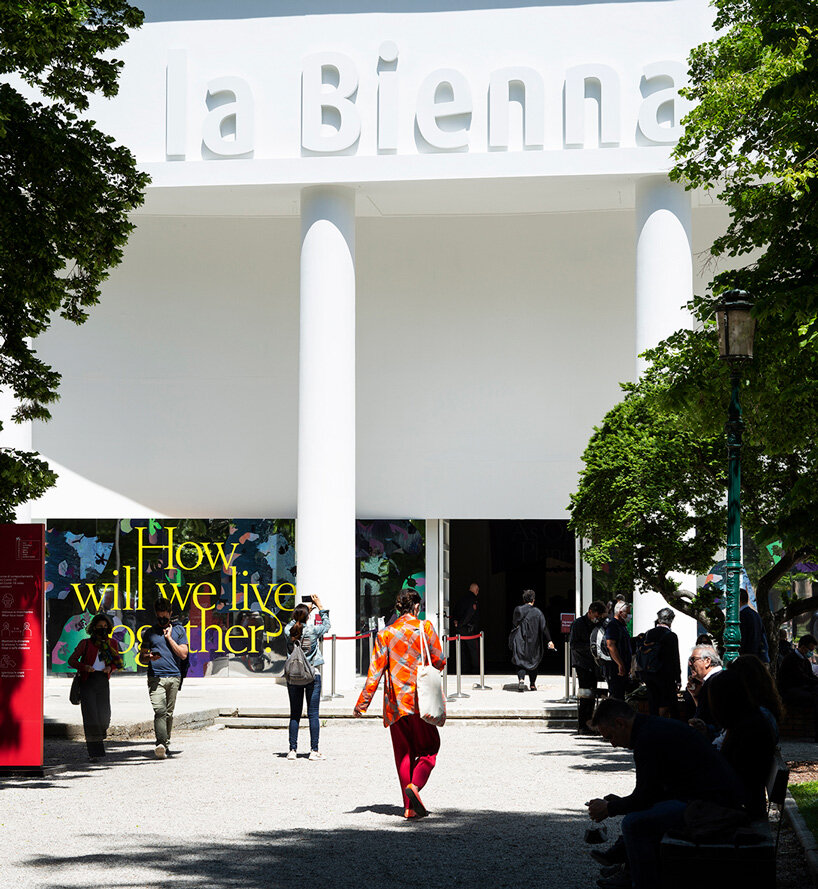 image by francesco galli
image by francesco galli
header image by andrea avezzù
both courtesy of la biennale di venezia
most of the 2021 national pavilions at the 17th venice architecture biennale have launched their own online platforms, which either function as complete digital experiences of their physical presence, or as complementary sources where visitors can find key information and watch events and broadcasts from venice. the self-organized, independent initiative ‘biennale pavilions’ gathers a growing number of national participations that have teamed up in order to make the contents of their exhibitions virtually accessible. the action was launched by six national pavilions – estonia, switzerland, lithuania, great britain, finland, and the grand duchy of luxembourg – belonging to the commissioner group, who felt the urge to address the limitations imposed by COVID-19. so far, the initiative encompasses 19 countries and will likely grow in the coming months, covering the entire duration of the event.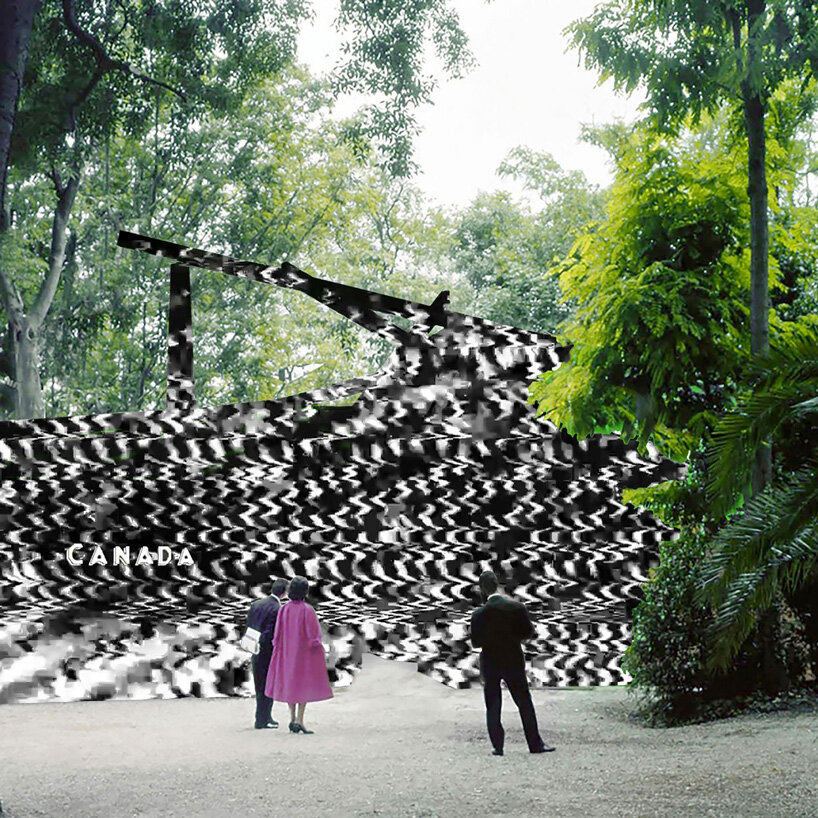 using a green screen, different canadian buildings will take the place of the country’s venice pavilion | read more on designboom here
using a green screen, different canadian buildings will take the place of the country’s venice pavilion | read more on designboom here
among the ‘biennale pavilions’ participants is canada, whose exhibition ‘impostor cities’ explores how canadian cities double as other places onscreen. the dedicated website prompts visitors to experience architecture through video, with clips that recreate multiple views of the exhibition’s three components: the lobby, the screening room, and the library. meanwhile, the nordic pavilion, shared between finland, sweden and norway, has launched a 3D tour of its exhibition ‘what we share. a model for cohousing’, which can be experienced here.
video tour of the estonian pavilion 2021: square! positively shrinking
titled ‘2038 – the new serenity’, germany’s participation unfolds entirely in the digital ream, as visitors to its giardini pavilion will find an empty building with only QR codes on the walls. the exhibition consists of a series of films that explore our future society through prefigurative politics, illustrating modes of organization and social relationships to come. another participant with big online presence is russia, whose pavilion examines how we can re-think cultural institutions through overlapping perspectives: the transformation of its own physical architecture, the digital environments that we access daily, and the network of relationships and individuals that populate them.
‘these three dimensions first converged in open?, the online platform that was conceived in response to the postponement of the 17th architecture biennale,’ reads the russian pavilion‘s statement. ‘in early 2020, in the face of harsh lockdowns that put a break on our social and cultural exchange, the russian pavilion migrated online and continued to serve as a journal for new contents and collaborations, while connecting to audiences beyond the perimeter of giardini and building up an archive for biennales to come. what was meant to be a physical space for encounters gradually became a virtual gathering venue for a vast ecosystem of artists, architects, and thinkers.’
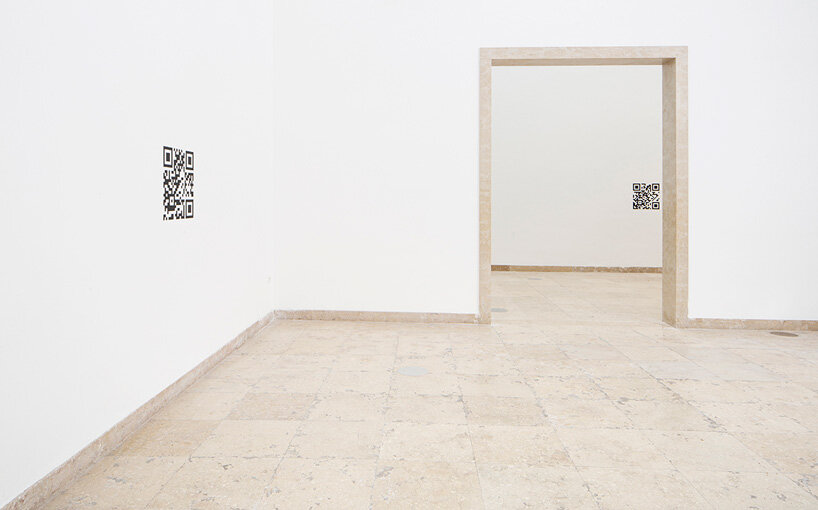 the german pavilion focuses on digital content, experienced through QR codes
the german pavilion focuses on digital content, experienced through QR codes
image by francesco galli
many of the participants from the biennale’s main exhibition, curated by hashim sarkis, have also launched online platforms to accompany their physical presence. parsons & charlesworth’s installation, ‘catalog for the post-human’, presents a collection of objects relating to the future of work, productivity labor and the body. products from the project collection can be viewed on the dedicated microsite here. additionally, the mixed-media installation ‘welcome to borderland’, which explores the notion of borders via the prism of plants, offers those who cannot visit italy the chance to order elements of the exhibition to receive at home. in november 2021, when the biennale will come to an end, curator justinien tribillon will tear down the works displayed into postcards and send it from venice, together with seeds to plant wherever you are.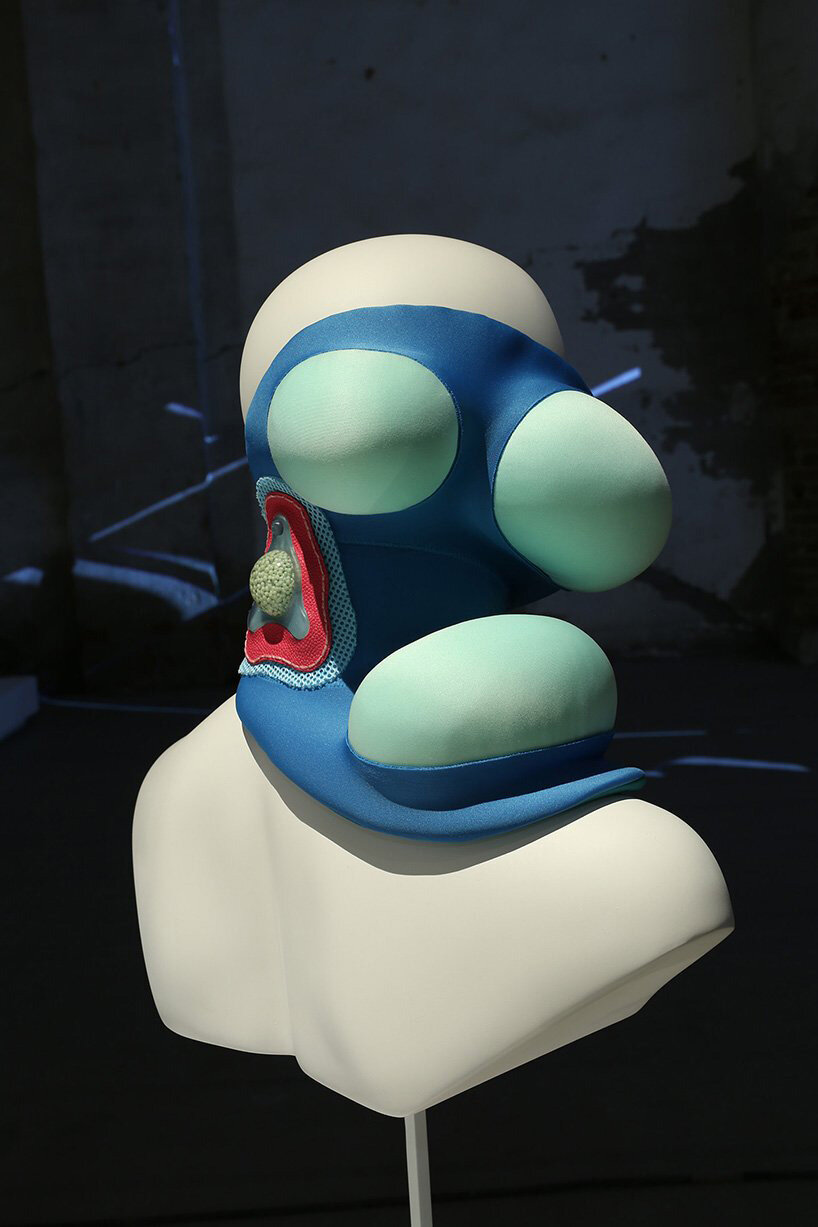 sleepsnackers headwear, wearable sleep tool at the ‘catalog for the post-human’ | read more on designboom here
sleepsnackers headwear, wearable sleep tool at the ‘catalog for the post-human’ | read more on designboom here
images courtesy of parsons & charlesworth
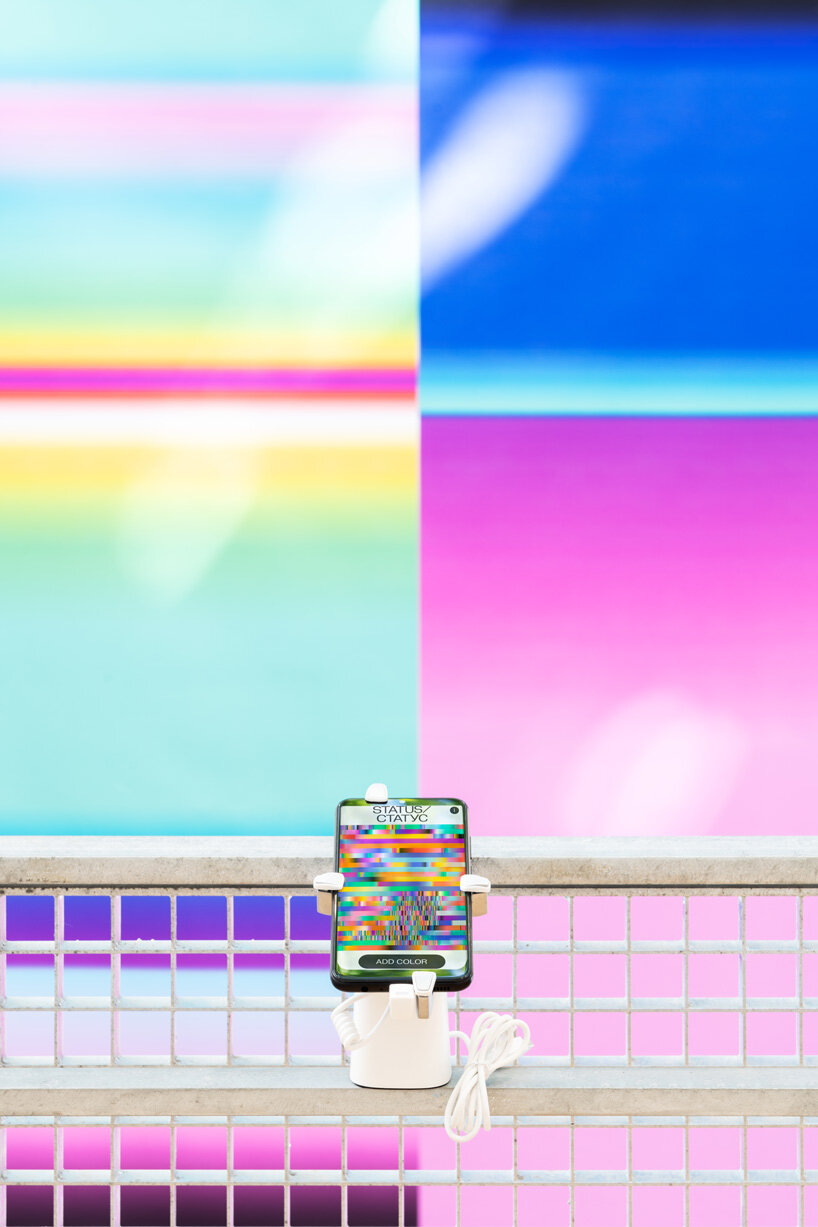 OPEN – russian federation pavilion
OPEN – russian federation pavilion
image by marco cappelletti
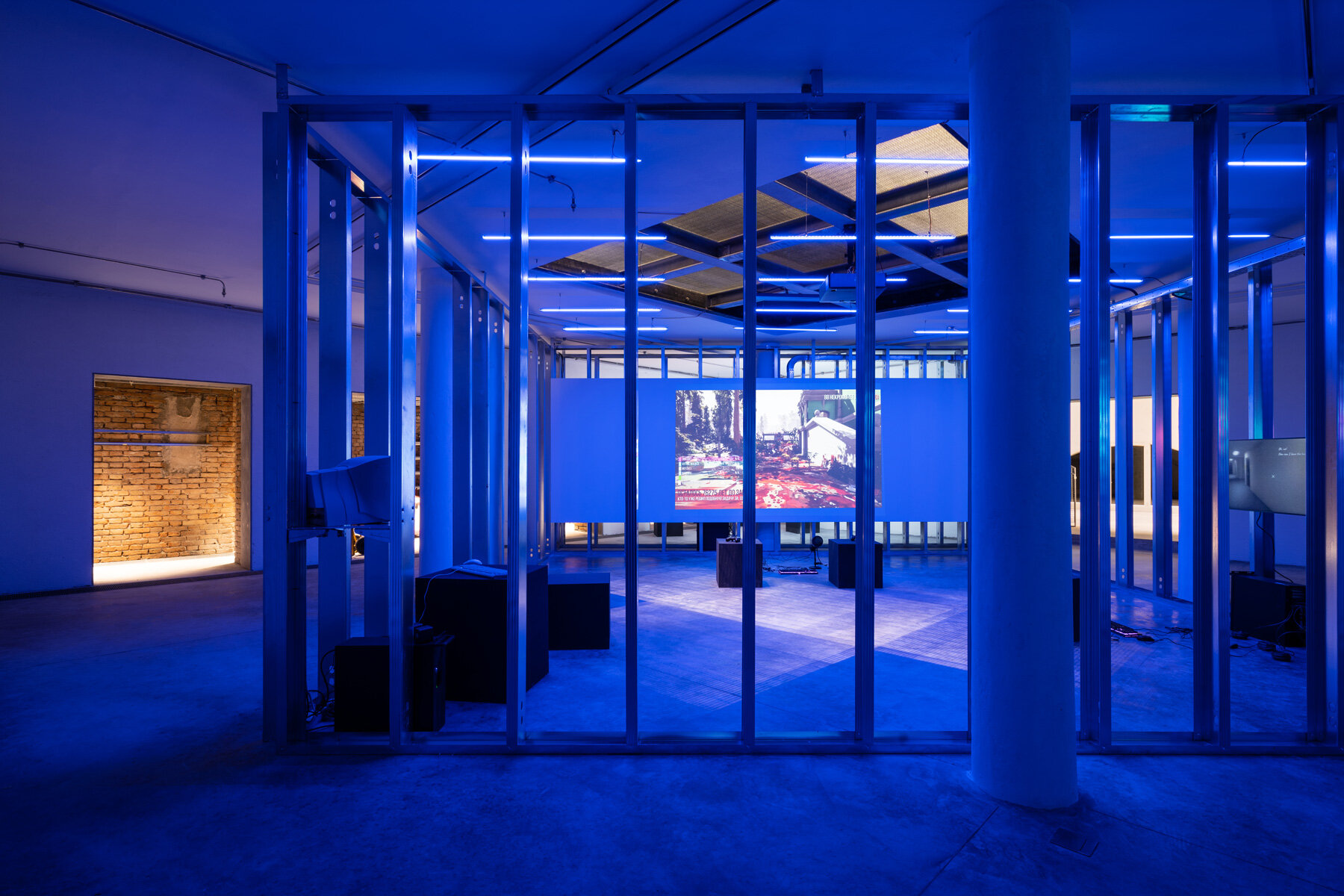
OPEN – russian federation pavilion, image by marco cappelletti
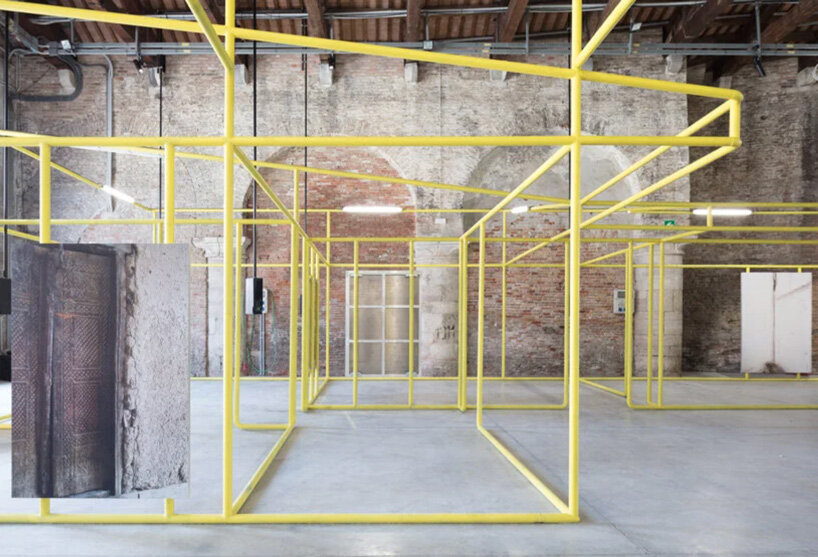 uzbekistan’s first national participation includes an app that allows users to virtually experience the houses documented via point cloud models | read more on designboom here
uzbekistan’s first national participation includes an app that allows users to virtually experience the houses documented via point cloud models | read more on designboom hereimage © gerda studio
